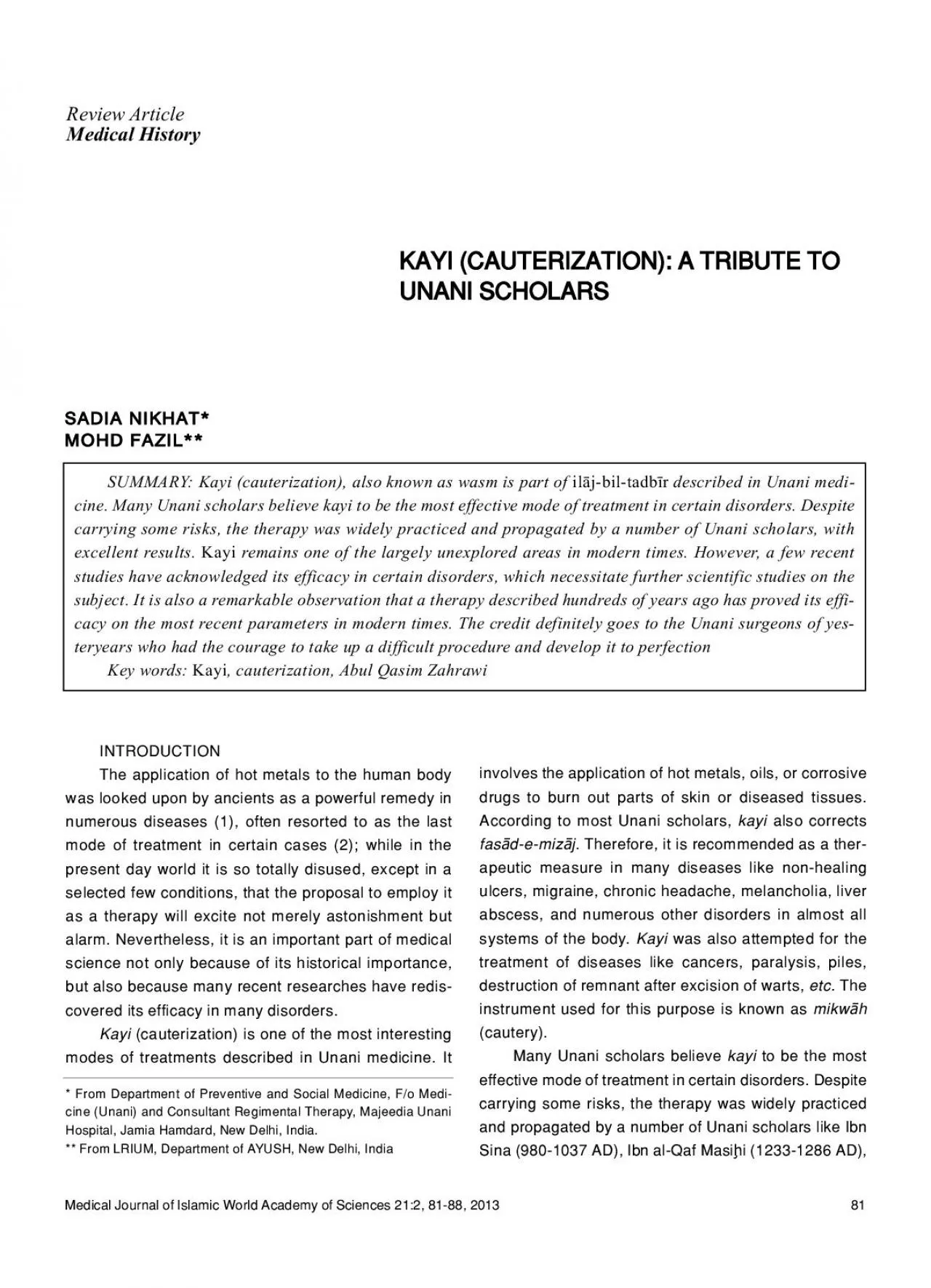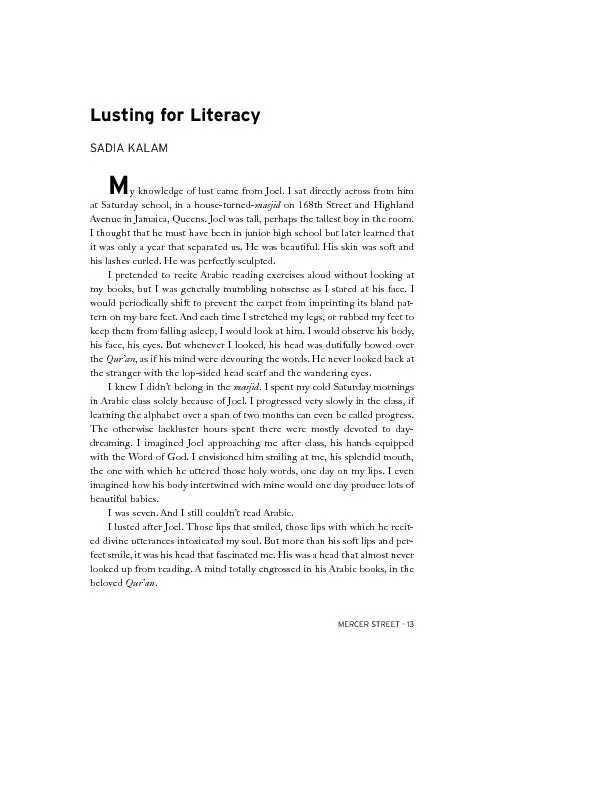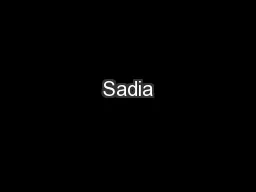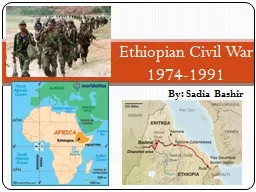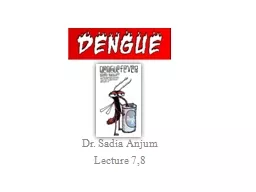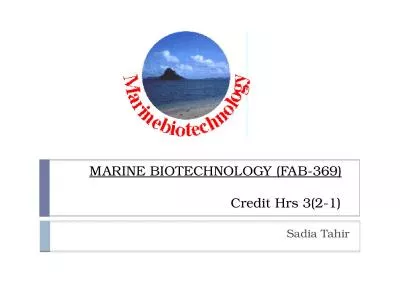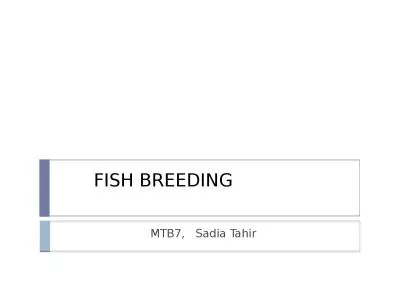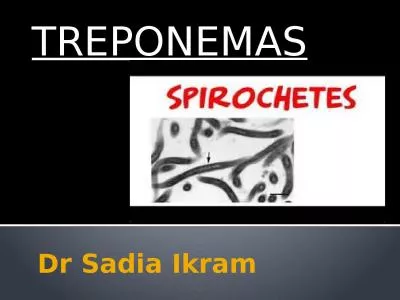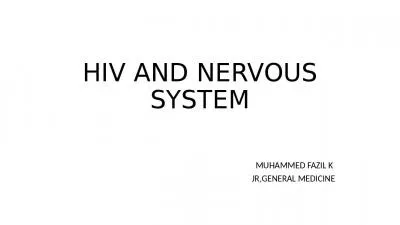PDF-SADIA NIKHATMOHD FAZIL
Author : mia | Published Date : 2021-08-20
SUMMARY Kayi cauterization also known as wasm is part ofcine Many Unani scholars believe kayi to be the most effective mode of treatment in certain disorders Despitecarrying
Presentation Embed Code
Download Presentation
Download Presentation The PPT/PDF document "SADIA NIKHATMOHD FAZIL" is the property of its rightful owner. Permission is granted to download and print the materials on this website for personal, non-commercial use only, and to display it on your personal computer provided you do not modify the materials and that you retain all copyright notices contained in the materials. By downloading content from our website, you accept the terms of this agreement.
SADIA NIKHATMOHD FAZIL: Transcript
Download Rules Of Document
"SADIA NIKHATMOHD FAZIL"The content belongs to its owner. You may download and print it for personal use, without modification, and keep all copyright notices. By downloading, you agree to these terms.
Related Documents

